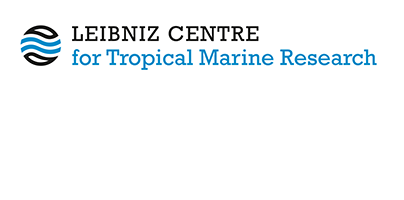Use of local ecological knowledge, scientist's observations and grey literature to assess marine species at risk in a tropical eastern Pacific estuary.
Castellanos-Galindo, Gustavo A., Cantera, Jaime R., Espinosa, Silvana and Mejía‐Ladino, Luz Marina (2011) Use of local ecological knowledge, scientist's observations and grey literature to assess marine species at risk in a tropical eastern Pacific estuary. Aquatic Conservation: Marine and Freshwater Ecosystems, 21 (1). pp. 37-48. DOI https://doi.org/10.1002/aqc.1163.
|
Text
Castellanos-Galindo.pdf - Published Version Restricted to Registered users only Download (220kB) |
Abstract
1.
The loss of marine biodiversity in tropical regions of the world is a major threat to human welfare. Multiple anthropogenic drivers are responsible for this situation, with complex scenarios for coastal areas in third-world countries, where economic development often competes with conservation plans.
2.
The International Union for the Conservation of Nature (IUCN) Red List of Threatened Species is an influential tool for setting conservation priorities at local and regional levels. The application of IUCN criteria for assessing extinction risk, however, continues to represent a major challenge in data-poor situations present in many tropical megadiverse countries.
3.
To overcome these difficulties, three different data sources on invertebrates and fishes present in an estuarine system representative of the tropical eastern Pacific (TEP) region (Bahía Málaga, Colombia) have been used to establish their relative local extinction risk and correlate this information with the existing IUCN Red List categories. Data sources included (1) IUCN global and national listings, (2) traditional ecological knowledge (TEK), and (3) grey literature, scientific and natural history observations.
4.
In total, 46 threatened species were evaluated after combining the three data sources. Only 17 species were previously identified as threatened by IUCN global and national listings, whereas the remaining 29 species were classified under a threatened category after evaluating TEK, grey literature and scientific information. Some of these species are seriously threatened within the estuary because of overharvesting and habitat destruction.
5.
Despite most of the species identified having large geographical ranges in the TEP, they may face the same threats throughout their ranges. The approach provides a useful tool to assess species extinction risk in tropical regions where resource exploitation and habitat degradation advance rapidly, making the setting of conservation priorities an urgent task.
| Document Type: | Article |
|---|---|
| Programme Area: | PA Not Applicable |
| Research affiliation: | Biogeochemistry and Geology > Geoecology & Carbonate Sedimentology |
| Refereed: | Yes |
| Open Access Journal?: | No |
| DOI: | https://doi.org/10.1002/aqc.1163 |
| ISSN: | 1052-7613 |
| Date Deposited: | 09 Oct 2025 13:33 |
| Last Modified: | 09 Oct 2025 13:33 |
| URI: | https://cris.leibniz-zmt.de/id/eprint/5770 |
Actions (login required)
 |
View Item |





 Tools
Tools Tools
Tools